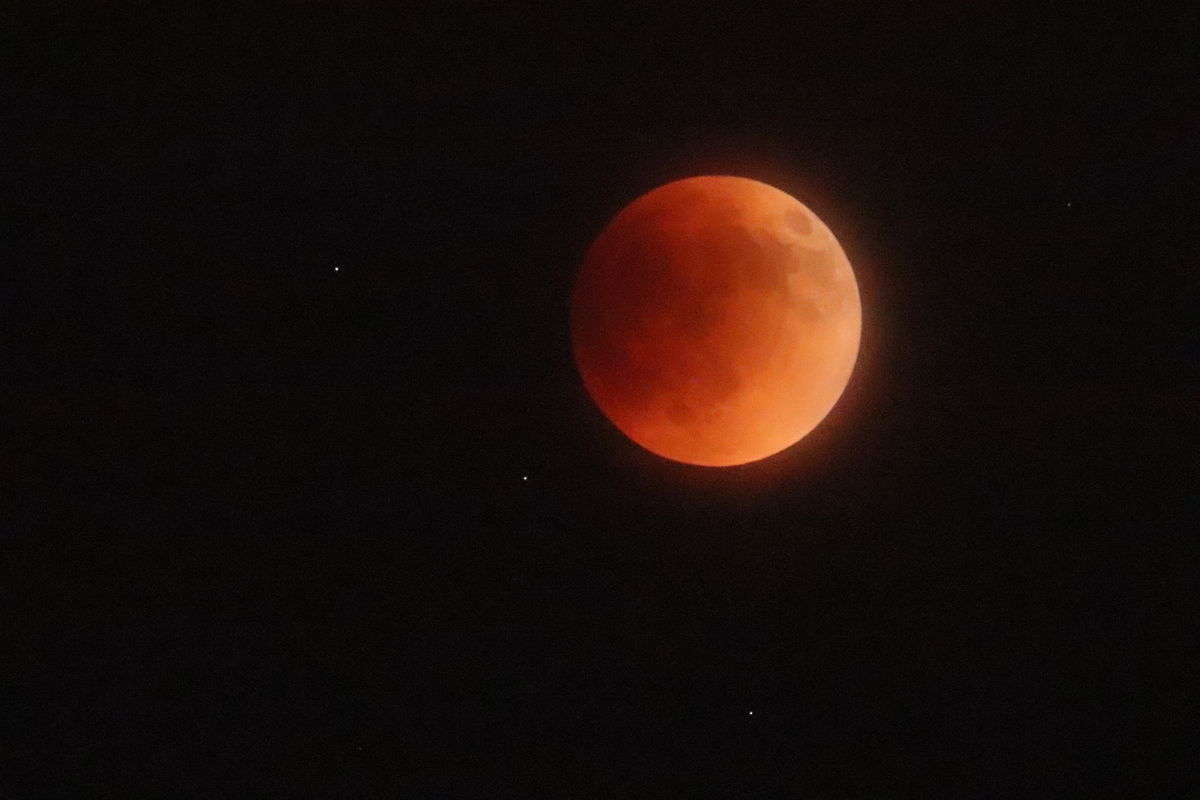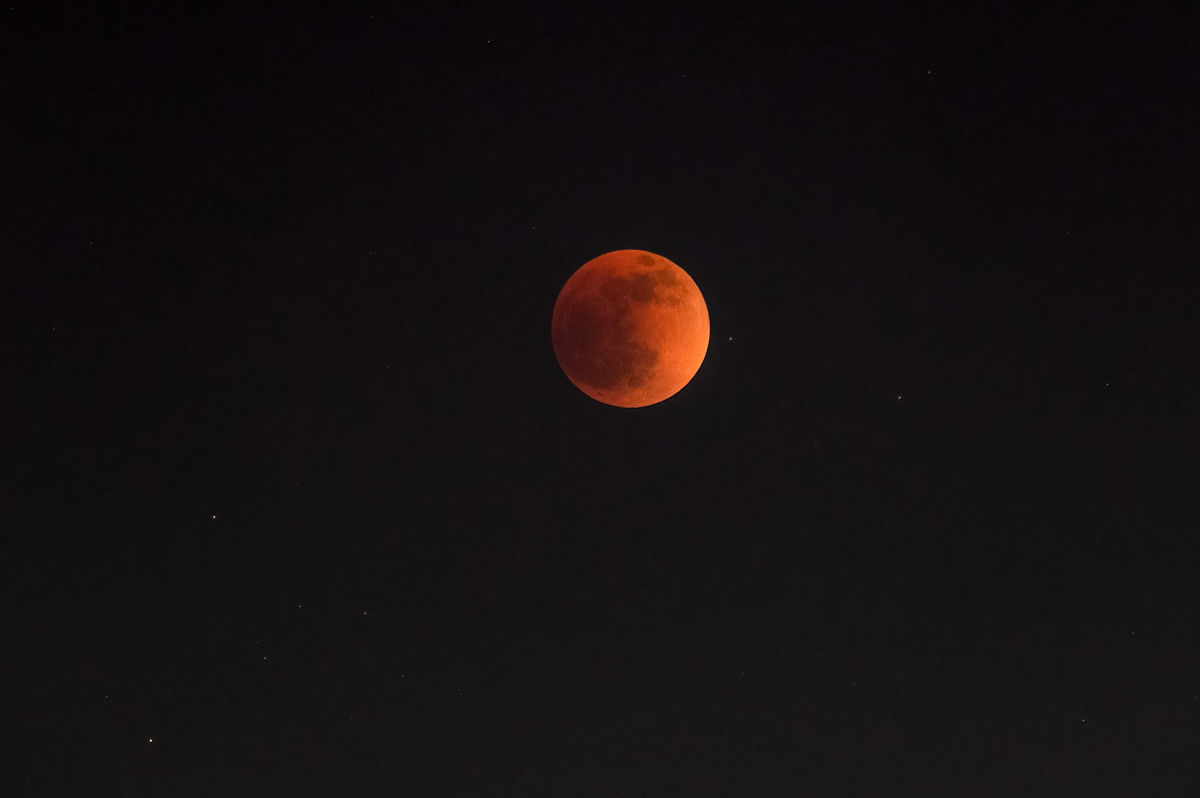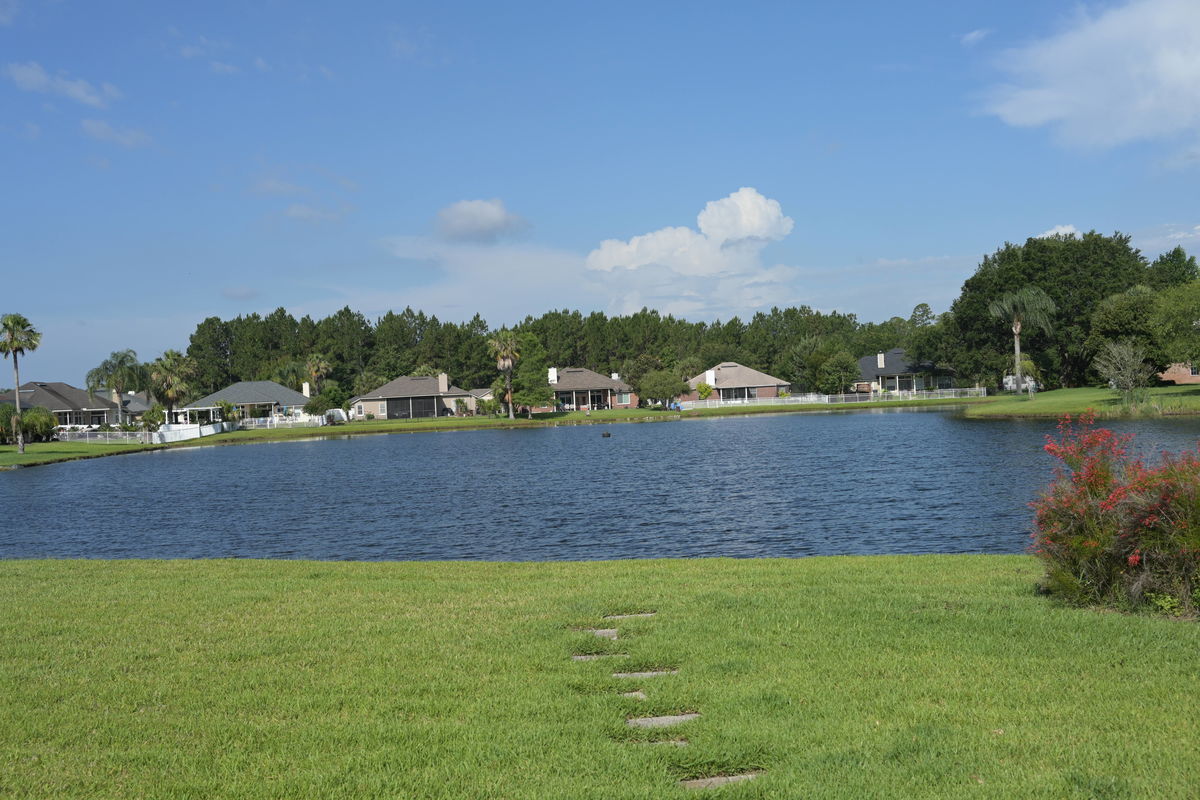Importance of U/V Filters
May 26, 2022 21:09:53 #
I”ll save the 49 bucks. And more if you have a large aperture lens. Don’t ever try to take a picture of the moon with that uv filter on it. I’m usually using some other type of filter and the hood. I depend on the hood. And not dropping my rig in the first place. No uv filters and in 40 years or so never scratched a lens. They are selling you something you don’t need…
May 26, 2022 22:02:29 #
Botherbro wrote:
... Don’t ever try to take a picture of the moon with that uv filter on it. .…
Care to explain why by chance?
May 26, 2022 22:13:36 #
bikinkawboy
Loc: north central Missouri
Home brewer said it in very precise terms, but anything that hits the ground and bends or breaks (broken glass, broken hood, bent lens ring) before the camera body hits the ground will have provided a bit of energy absorption, thus lessening the impact of the body. The lessened impact may or may not be enough to make a difference in the damage to the camera.
The lens hood won’t break without energy being inputted be it a fall or you busting it with your bare hand. If the plastic hood deforms upon impact but springs back to its original shape, energy will have been absorbed when it bent and then released when it sprang back into shape. Not 100% of the energy will be released because flexing the plastic will cause friction, creating a tiny bit of heat energy that cannot be returned.
Drop your camera onto a foam mattress and no damage will occur. The camera is falling just as fast and with as much kinetic energy as it would over concrete, but it requires energy to compress the foam. The energy the foam absorbs slows the camera’s descent, reducing its speed and kinetic energy until the energy the foam has absorbed equals that of the falling camera and the camera stops moving. The foam returns to its original shape which releases the energy in reverse, throwing the camera back up a bit.
In short, anything that breaks before the camera body hits will have the potential to reduce its damage. If the body hits first and cracks the plastic, damage to the lens could be lessened. When you work with hydraulics it helps to know about friction coefficients, friction losses, kinetic energy, Bernoulli principle, etc.
The lens hood won’t break without energy being inputted be it a fall or you busting it with your bare hand. If the plastic hood deforms upon impact but springs back to its original shape, energy will have been absorbed when it bent and then released when it sprang back into shape. Not 100% of the energy will be released because flexing the plastic will cause friction, creating a tiny bit of heat energy that cannot be returned.
Drop your camera onto a foam mattress and no damage will occur. The camera is falling just as fast and with as much kinetic energy as it would over concrete, but it requires energy to compress the foam. The energy the foam absorbs slows the camera’s descent, reducing its speed and kinetic energy until the energy the foam has absorbed equals that of the falling camera and the camera stops moving. The foam returns to its original shape which releases the energy in reverse, throwing the camera back up a bit.
In short, anything that breaks before the camera body hits will have the potential to reduce its damage. If the body hits first and cracks the plastic, damage to the lens could be lessened. When you work with hydraulics it helps to know about friction coefficients, friction losses, kinetic energy, Bernoulli principle, etc.
May 27, 2022 05:01:51 #
Botherbro wrote:
I”ll save the 49 bucks. And more if you have a large aperture lens. Don’t ever try to take a picture of the moon with that uv filter on it. I’m usually using some other type of filter and the hood. I depend on the hood. And not dropping my rig in the first place. No uv filters and in 40 years or so never scratched a lens. They are selling you something you don’t need…
I have now broken 3 uv filters.
Also have had 2 lenses with the glass damaged that did not have a filter. I always use a lens hood as well.
Perhaps you just baby things more than others, I have gone from cliffs to the ocean in a period of about 50 years in places where tourists never go most of the time.
May 27, 2022 07:23:32 #
May 27, 2022 07:45:16 #
fredpnm wrote:
I'm with you - every lens I have has a UV filter installed. If I suffer image degradation, then so be.
I've done extensive testing and found that the only visible image degradation was when I was shooting with a very bright light source in frame, which could add either extra flare around it, or extra flare comets or both. I sometimes remove my filter in such situations, but in all others I have one on every lens I use.
May 27, 2022 10:04:35 #
Botherbro wrote:
I”ll save the 49 bucks. And more if you have a large aperture lens. Don’t ever try to take a picture of the moon with that uv filter on it. I’m usually using some other type of filter and the hood. I depend on the hood. And not dropping my rig in the first place. No uv filters and in 40 years or so never scratched a lens. They are selling you something you don’t need…
Seriously? The use of a U/V filter did not affect this image, which was shot through typical LA Spring hazy conditions (JPEG from unedited RAW file). Please note the faint stars behind the moon.
May 27, 2022 10:08:02 #
rgrenaderphoto wrote:
Seriously? The use of a U/V filter did not affect this image, which was shot through typical LA Spring hazy conditions (JPEG from unedited RAW file).

(Still waiting for a reason. Maybe he read it on the internet.)
May 27, 2022 10:15:40 #
kymarto wrote:
I've done extensive testing and found that the only visible image degradation was when I was shooting with a very bright light source in frame, which could add either extra flare around it, or extra flare comets or both. I sometimes remove my filter in such situations, but in all others I have one on every lens I use.
Architect1776
I have now broken 3 uv filters.
Also have had 2 lenses with the glass damaged that did not have a filter. I always use a lens hood as well.
Perhaps you just baby things more than others, I have gone from cliffs to the ocean in a period of about 50 years in places where tourists never go most of the time.
IMHO:
I still place my confidence in the content of the two quoted responses above, plus my own experience, and prior postings on this subject . . .
JimmyT Sends




May 27, 2022 10:25:28 #
Pablo8
Loc: Nottingham UK.
ejrmaine wrote:
I never use a UV and seldom use a lens hood. No need.
Do you ever take any pictures though?
May 27, 2022 10:27:04 #
kymarto wrote:
I've done extensive testing and found that the only visible image degradation was when I was shooting with a very bright light source in frame, which could add either extra flare around it, or extra flare comets or both. I sometimes remove my filter in such situations, but in all others I have one on every lens I use.
I have run some tests in the past with the same result.
I just tested again using the attached scene with a Nikon 40mm f/1.8 S lens on a Z7, with a UV filter (Nikon 52mm) and hood (Sensei PRO) and another shot without either. The exposure was 1/1600s f/8 ISO 400 for both images. All of the stationary objects were equally sharp
I measured the difference in brightness for the white chimney to the right of the center using RawDigger and found that the image with the UV filter and hood was about 1/40th stop darker in the blue channel, 1/162nd stop in the red channel, 1/46th stop in the two green channels. As expected, the UV filter affects the blue channel most and the red channel hardly at all.
The fact that there was any effect at all on the red channel suggests that there was a little flare being blocked by the lens hood.
There is no need to post the other image since it would be impossible to see a difference of 1/40th stop anywhere in the image.
May 27, 2022 11:34:47 #
May 27, 2022 12:05:16 #
selmslie wrote:
I have run some tests in the past with the same re... (show quote)
Nice place for getting away form it all





May 27, 2022 12:07:33 #
rgrenaderphoto wrote:
Seriously? The use of a U/V filter did not affect this image, which was shot through typical LA Spring hazy conditions (JPEG from unedited RAW file). Please note the faint stars behind the moon.
That's an awesome lunar portrait 🟠🟠🟠🟠🟠
May 27, 2022 12:28:43 #
Sidwalkastronomy
Loc: New Jersey Shore
Botherbro wrote:
I”ll save the 49 bucks. And more if you have a large aperture lens. Don’t ever try to take a picture of the moon with that uv filter on it. I’m usually using some other type of filter and the hood. I depend on the hood. And not dropping my rig in the first place. No uv filters and in 40 years or so never scratched a lens. They are selling you something you don’t need…
I have a uv filter on my Tamron 150-600 and shoot moon all the time.
Like I've said on hete I live 3 miles from ocean and shoot there often rather clean salt air mist off filter than a lens.
Lunar eclipse. I've shot many stages of the moon and never had an issue. Don't know where you got your info from

If you want to reply, then register here. Registration is free and your account is created instantly, so you can post right away.







